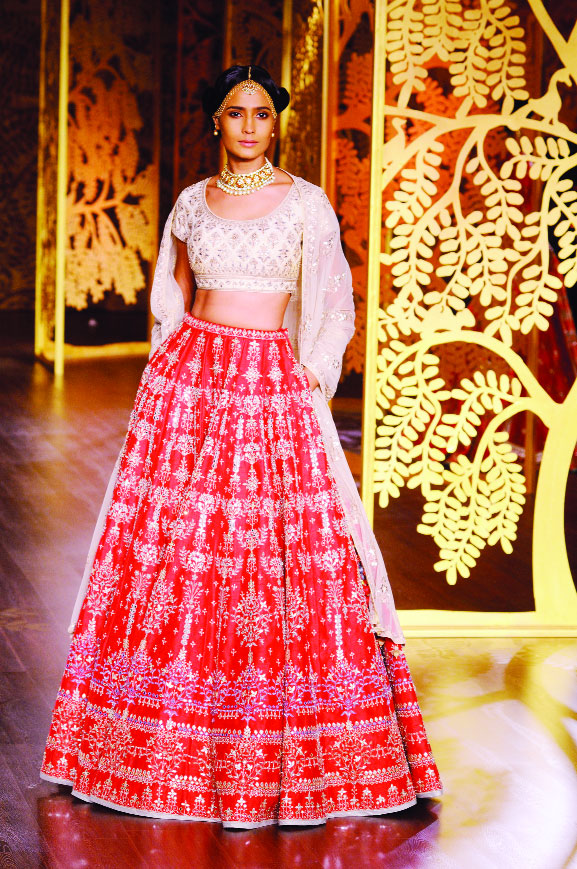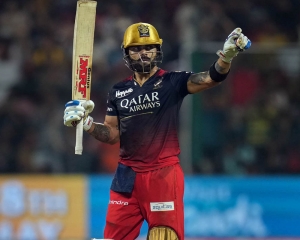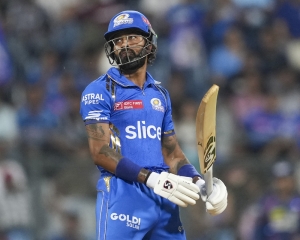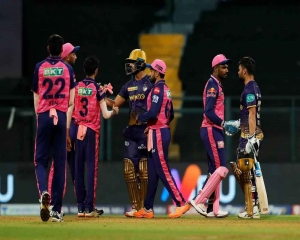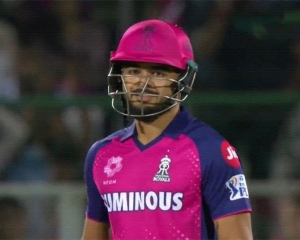IPR lawyer Suhrita Majumdar demystifies the legalese and argues for a protective regime that will help designers and artistes
As the menace of copying and unauthorised reproduction increases in the fashion industry, the need for an adequate protection mechanism for apparel designs is being strongly felt by designers across the globe.
A common practice prevalent among imitators is to claim that they have not copied but have been “inspired by” a particular design in creating their own version. However, in most cases, such designs actually retain the essential elements of the original, amounting to imitation /copying.
In India, the law for protecting designs and original work is fast evolving and the courts interfere in a strong way to demotivate imitations. Recent rulings have encouraged creators and helped artists get better value for their work. Protection of designs in India may be statutory — that is under the Copyrights Act or the Designs Act — or it may be non-statutory in the form of a passing-off action.
So how can the designer protect his intellectual propertyIJ
Registration: Before a design is disclosed/launched, such protection must be sought under the Designs Act. Once registered, a design is valid for an initial period of 10 years which may be renewed for a further period of five years.
The proprietor of a registered design, in the event of piracy, is entitled to reliefs as stated under Section 22 of the Designs Act, 2000, which includes damages and injunction. Registration, is thus, the best method to ensure protection of artistic work and creativity and acts as the strongest shield in the hands of designers to protect their work from being misused. Therefore, the fashion industry should opt for registration of designs in order to gain exclusive rights over them and enforce such rights in the event of piracy.
If more artistes, designers, creators protect their designs by way of registration, the tendency of easy picking / piracy will be significantly reduced and can be eradicated from the fashion industry.
Protection of Unregistered designs: Unregistered designs are also eligible for protection under the Copyrights Act, 1957 if not industrially reproduced. Reproduction of 50 times or more extinguishes copyright in a design. In the case of M/s. Jagdamba Impex vs M/S. Tristar Products Private it was held that, “Once the 51st article is produced by application of drawing/design, there will be no copyright under the Copyright Act, 1957 in the drawing/design thereafter in the work which was an artistic work having copyright under the Copyright Act. Rights for the said drawings under the Designs Act, 2000 can only exist if they had been registered under the Designs Act, 2000 before making of the 51st article from the drawing/design.”
The Delhi High Court has clearly differentiated between artistic works under the Copyrights Act and those under the Designs Act. It held that “under the Designs Act, a design itself is not sold but what is sold is an article which is produced from the application of the design by using an industrial process. Unlike a design which is used for manufacture of an article by industrial process, a design/drawing, which is the subject matter of the Copyright Act, is sold not for the purpose of making any article by applying the design but the design/copyright work itself is sold as a copyrighted material. That is the difference between the copyright created under the Designs Act and the copyright in an artistic work under the Copyright Act.”
The court further clarified the position by saying, “Since there is some overlapping between a drawing/design, which can be both an artistic work under the Copyright Act as also a design under the Designs Act, Section 15 of the Copyright Act makes it clear that a drawing/design, which is registered under the Designs Act, will not be the subject matter under the Copyright Act. A design on account of its originality can be registered under the Designs Act... however if it is not registered, then, the drawing/design will no doubt have a copyright under the Copyright Act. But that copyright under the Copyright Act, 1957 in the drawing/design will cease as soon as an article is produced more than 50 times by an industrial process by application of the drawing/design which has copyright as an artistic work under the Copyright Act.”
In the case of Microfibers Inc. vs Girdhar & Co. & Anr. (2009) the court held that the original paintings/artistic works, which may be used to industrially produce the designed article, would continue to fall within the meaning of the artistic work defined under Section 2(c) of the Copyright Act, 1957. They would be entitled to the full period of copyright protection as evident from the definition of the design under Section 2(d) of the Designs Act. “In the original work of art, copyright would exist and the author/holder would continue enjoying the longer protection granted under the Copyright Act. If the design is registered under the Designs Act, it would lose its copyright protection under the Copyright Act. If it is a design registrable under the Designs Act but has not been registered, the design would continue to enjoy copyright protection under the Act so long as the threshold limit of its application on an article by an industrial process for more than 50 times is reached. But once that limit is crossed, it would lose its protection under the Copyright Act. This interpretation would harmonise the Copyright and the Designs Act in accordance with the legislative intent,” the court had said.
Therefore, the benefit of Section 15(2) of the Copyrights Act, 1957 could be availed by designers who create numbers within the said limit.
Protection as an artistic work under the Copyrights Act: In certain cases, the courts have also given protection and relief to certain works as an artistic work under the Copyrights Act. To claim such relief, it is necessary to establish that the drawing is an “artistic work” under the Copyrights Act, 1957.
This is demonstrated by the Tahiliani Design Pvt ltd Vs. Rajesh Masrani (2008, Delhi High Court) case. Tahiliani Design Pvt ltd got an injunction order restraining Rajesh Masrani (the original defendant) from reproducing, printing, publishing and distributing, selling or offering for sale prints in any form whatsoever any colourable imitation or substantial reproduction of the original fabric prints, including the underlying drawings/sketches. Tahiliani Design successfully proved that their drawings were original artistic works under the Copyrights Act. This judgment is considered a landmark in the fashion industry.
However, on the contrary, in Ritika Private limited vs Biba Apparels Private limited (2016, Delhi High Court) the court said, “the defendant is creating dresses or articles by industrial means and process by application of the design or drawing or sketch.....is not affixing as it is a print taken from the copyrighted work of the plaintiff. The issue in the present case, therefore, will not be a violation of a copyright of the plaintiff under the Indian Copyright Act.”
Non-statutory or common law protection: The last recourse in cases of piracy of designs would be a passing off action against the imitator by the person who claims to be the original owner of such copied/counterfeited design. Even though such provision is not expressly provided under any statute, there have been several decisions in India where passing off action is available under common law even if such provision is not included in any Indian statute.
In the light of the above facts, it is clear that benefits of registration of designs assist in stronger enforcement of rights and protection. To protect the valuable intellectual property rights over a creation/design, attempts should always be made to obtain registration of the concerned design. Several renowned designers as well as design houses, in order to safeguard their creations from being imitated, have filed design applications for registration under the Designs Act, 2000. Although, the registration procedure in India could be time-consuming at times, it is the best available mode to ensure protection of designs and take action in the event of piracy.
The creators need to be educated on their rights and obligations and that would certainly bring greater value to original work. Copiers may then turn creators. The right environment needs to be created at the instance of the fraternity of the artists. Also speed track disposal of litigation coupled with adequate compensation to the original creators would boost them and their investors.













